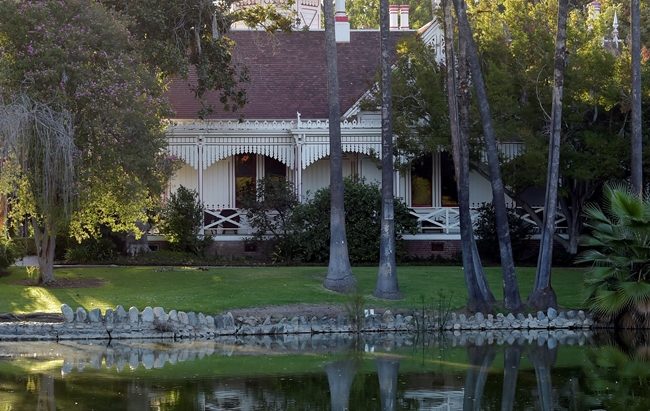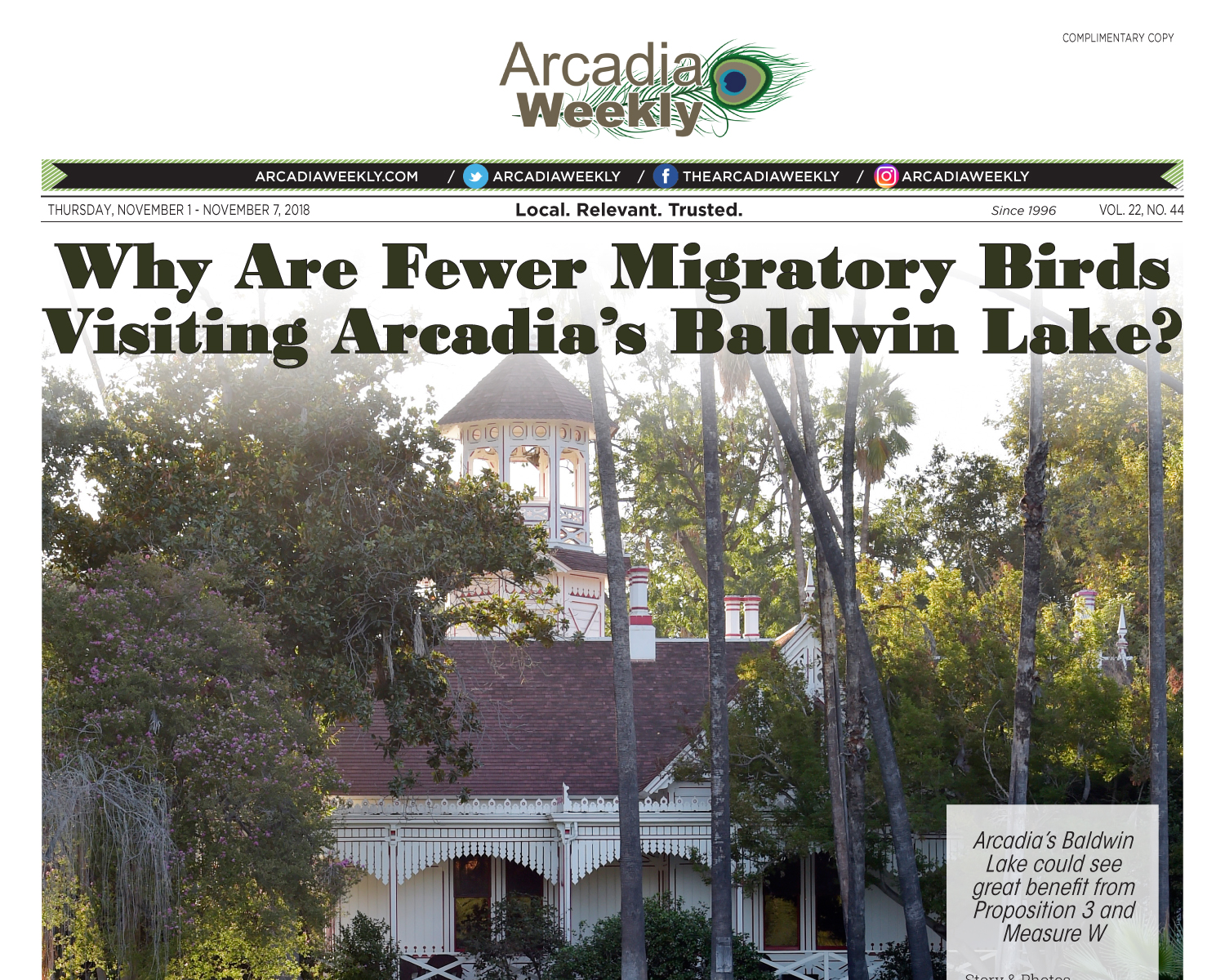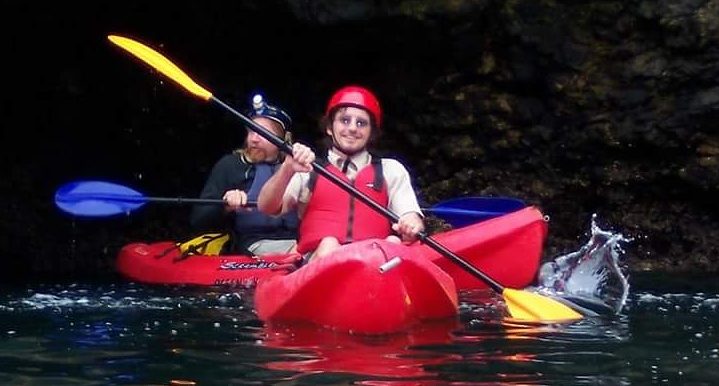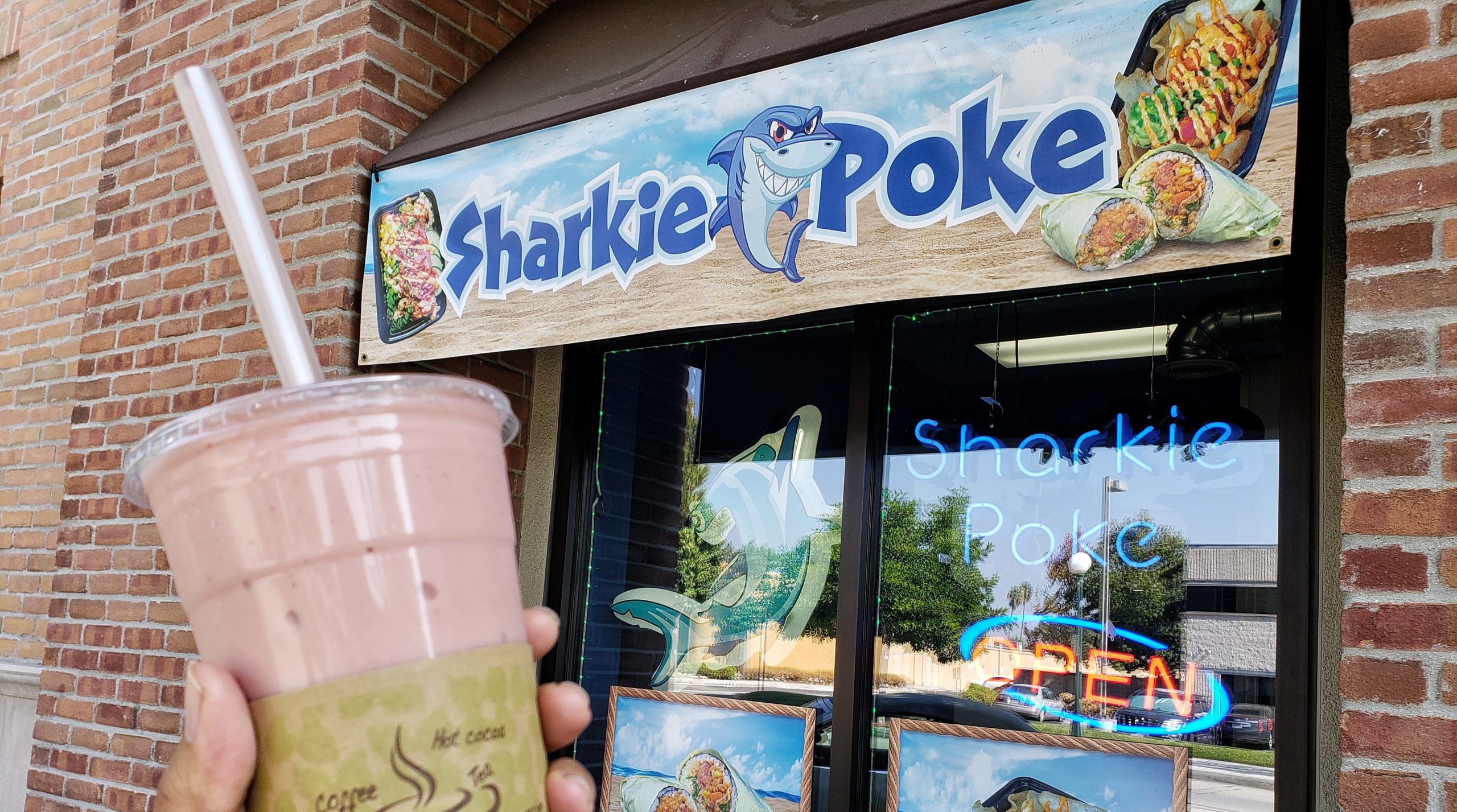
Arcadia’s Baldwin Lake could see great benefit from Proposition 3 and Measure W
By Terry Miller
According to birders at the Audubon Society, there used to be approximately 330 species of migratory birds landing each winter at Los Angeles County Arboretum’s Baldwin Lake. In recent years that number has dwindled so drastically that the lake, which is in dire need of dredging and major ecological rehabilitation, is the focus of much debate locally. According to the Pasadena Audubon Society, that number has dwindled to a mere handful of winter visitors, around 200 species or less.
The problem is “acute” according to Pasadena Audubon Society President Laura Garrett.
“We’ve seen a huge reduction of birds at the lake and elsewhere. The Audubon Society is in full support of Baldwin Lake restoration. We’ve seen a drastic decline in winter visitors at Baldwin Lake in the past decade primarily due to the algae and just not enough oxygen. The quality of the water is just not sufficient,” Garrett told Arcadia Weekly on Thursday.
We spoke with renowned Biologist Michael Long on Thursday. Long says he supports Proposition 3, especially if it will assist in the preparation of the lake’s rebirth. “There’s a 50 percent drop in the water level now (at Baldwin Lake) and there’s low algae in winter and lots of sediment. The silt and organic matter has contributed to the shallow levels we see today,” Long said.

Due to the levels of sediment and low level of water, the lake sees very few diving ducks anymore. In fact on a recent bird count, Oct. 26, 15 Mallards were counted at the lake and only one ring-necked duck (Source: ebird.org/hotspot/L4379714).
The bird count numbers worry ecologists and biologists alike who say the lake has to be dredged, but according to county officials it will take time and be very expensive: hence the urgency for funds that could come from Proposition 3 if voters approve next week.
Restoring the seriously deteriorated wall is an important part of the effort to stabilize the shoreline … as the wall has deteriorated over time (in many areas a complete collapse into the lake bed), according to Sandy Snider, noted local historian. Snider further explained: “We suffer the consequences of uncontrolled flow during heavy rainfall. Surface runoff from nearby streets contributes to the volume, and pooling of heavy flow effectively undermines the remnant walls from the ‘land’ side of the lake. This leads to further collapse, and the cycle repeats.
“The Arboretum’s award-winning Cultural Landscape Report (2014) highlighted Baldwin Lake as ‘the most endangered historic resource’ on the property. That same report identified the lake’s period of significance as the Elias Jackson ‘Lucky’ Baldwin era, thus restoration of the perimeter wall is focused on repairing and replacing in kind the signature granite wall and capstones seen in historic photographs and postcards. A more thorough assessment of Baldwin Lake was completed this past spring, and that document is intended to guide restoration efforts as we move forward.”
Proposition 3 is a general obligation water bond on the November 2018 ballot. It totals $8.9 billion and funds a number of water supply, water quality, and watershed restoration programs and projects.
Proposition 3 includes several hundred million for wetlands and waterfowl habitat restoration and conservation. It also provides funding to the San Gabriel and Lower Los Angeles Rivers and Mountains Conservancy for storm-water, restoration, and conservation projects. All of these funds, as well as general funding going to state conservation agencies could be used to develop the project.
Ducks Unlimited has been a major backer of Proposition 3, both financially and in their advocacy. Ducks Unlimited is a nationwide group dedicated to the restoration of wetlands and waterfowl habitat. Proposition 3 includes truly unprecedented funding for conservancies, totaling around $4 billion, which is the major reason for Ducks Unlimited’s support.
Water bonds are passed in California every few years, with the most recent being Proposition 1, in 2014. Funds from that bond are almost completely expended, and are estimated to be fully allocated by some point in 2019. Needed water investment in California over the next few decades is well over a hundred billion dollars.
Proposition 3 is backed by a broad coalition including the National Wildlife Federation, Nature Conservancy, Audubon California, Ducks Unlimited, Clean Water Action, TreePeople, Friends of the Los Angeles River, Southern California Water Coalition, Senator Feinstein, GOP candidate for governor John Cox, California Labor Federation, California Chamber of Commerce, the San Gabriel Valley Municipal Water District, Upper San Gabriel Valley Municipal Water District, and League of California Cities. Over 300 hundred groups support it. They argue that investment in our water is needed in a major way, and that Proposition 3 provides more funding than ever before for environmental purposes, will help provide safe drinking water to the state’s most vulnerable populations, and provides significant funds that can help local water agencies sustainably improve their infrastructure and drought resiliency, and better capture, reuse, and save water.
There is no funded opposition to Proposition 3; however Sierra Club is leading the effort against it. They argue that it could lead to environmentally damaging projects, violates the beneficiary pays principal, supports corporate agriculture, and is unnecessary.
Additionally Measure W, which is on the ballot, hopes to create a special tax for parcels located in the Los Angeles County Flood Control District, which covers the majority of Los Angeles County. The tax revenue would, in theory, pay for projects, infrastructure, and programs to capture, treat, and recycle rainwater.
If “The Safe, Clean Water Act” passes, parcels within the flood control district would be taxed at a rate of 2.5 cents per square foot of “impermeable area.”
Sandy Snider said, “The Arboretum thanks Arcadia Historical Society for its recent donation of an eye-catching ‘History Lives Here’ marker now located on the eastern shore of Baldwin Lake. Featuring period photographs and postcards that document the Lake’s storied past, the new marker also represents a step into the future as community support builds to save this endangered historic resource. We anticipate receipt of construction and geotechnical documents in the near future as an important next step in plans to restore the Lake’s granite perimeter wall to its Lucky Baldwin (late 1880’s) period of historic significance.”







